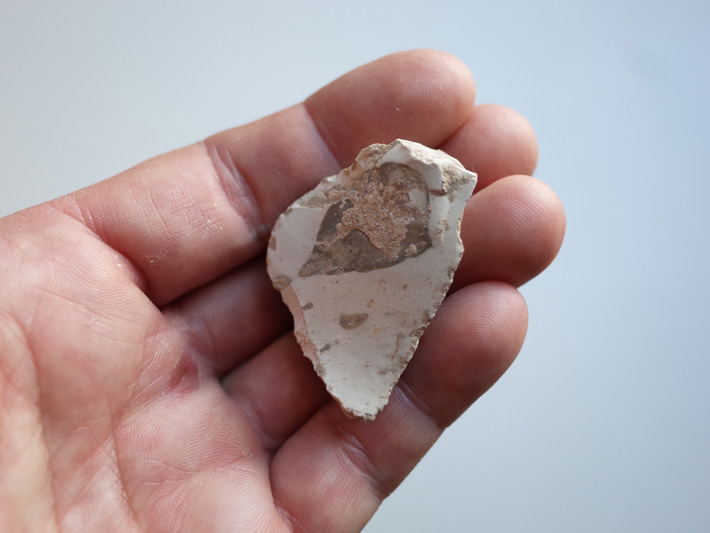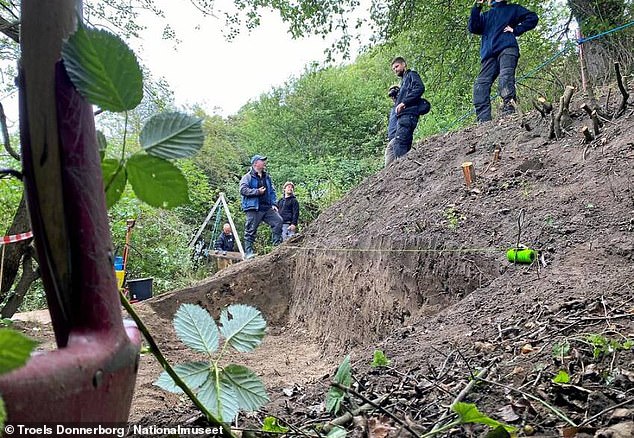120,000-Year-old Neanderthal Artifacts Unearthed in Denmark
Ancient flint tools in the hills of a Danish island gave an indication that 120,000 years ago Neanderthals may have been living there. The first humans in Denmark have been thought to be reindeer hunters from 14,000 years ago.
The slopes of Isefjord’s Ejby Klint between Roskilde and Holbæk were excavated by archaeologists from Denmark’s National Museum and Roskilde Museum. The researchers found ancient mussel shells and flintstones that may have been shaped by humans.
In Denmark Ejby Klint is one of the few places archaeologists can easily locate deposits from the warm time between two ice ages between the ages of 115,000-130,000 years ago.
But more than 100,000 years earlier, Neanderthals lived in Germany, and researchers believe they could have reached modern-day Denmark.
In a six week dig, archaeologists investigated two slopes at Ejby Klint, finding the tools which are now on display in Denmark’s National Museum.


Lasse Sørensen, head of research at the National Museum, says “It’s absolutely wild and very unique that we’ve had the opportunity to dig here at all.”
“I did not think we would find anything at all, but we have actually found some stones that have possible traces of being worked by people, and that in itself is amazing.”
“If we find out that these stones have been worked by Neanderthals, it will resonate all over the world.”
During the warm period between the last two ice ages 115,000 to 130,000 years ago, it was four degrees warmer in Denmark than it is today.
The country’s large hornbeam forests were home to large prey such as beavers, steppe bison, fallow deer, wood rhinos, forest elephants, Irish giant deer and red deer.
At the National Museum, there is already a flint that has been carved with the same technique as the one used by the Neanderthals. However, the flint was not found in a layer of soil that can be dated accurately.
Excavation leader Ole Kastholm from Roskilde Museum said, “Helping to dig on a steep cliff looking for the oldest people in Denmark right here around Roskilde has been a huge experience.
“It must be up to the experts to decide how interesting what we have found is. But now the door may have been opened for more excavations to be made for Neanderthals in Denmark.”






